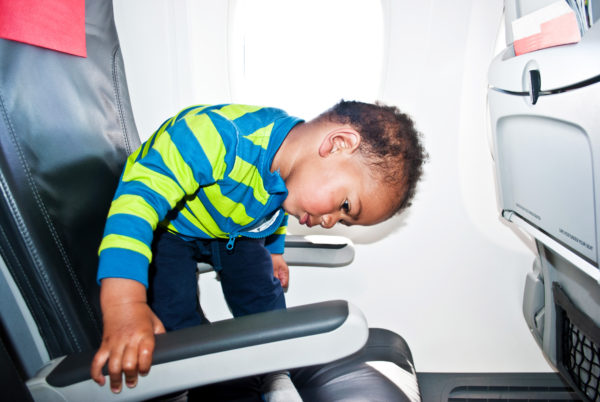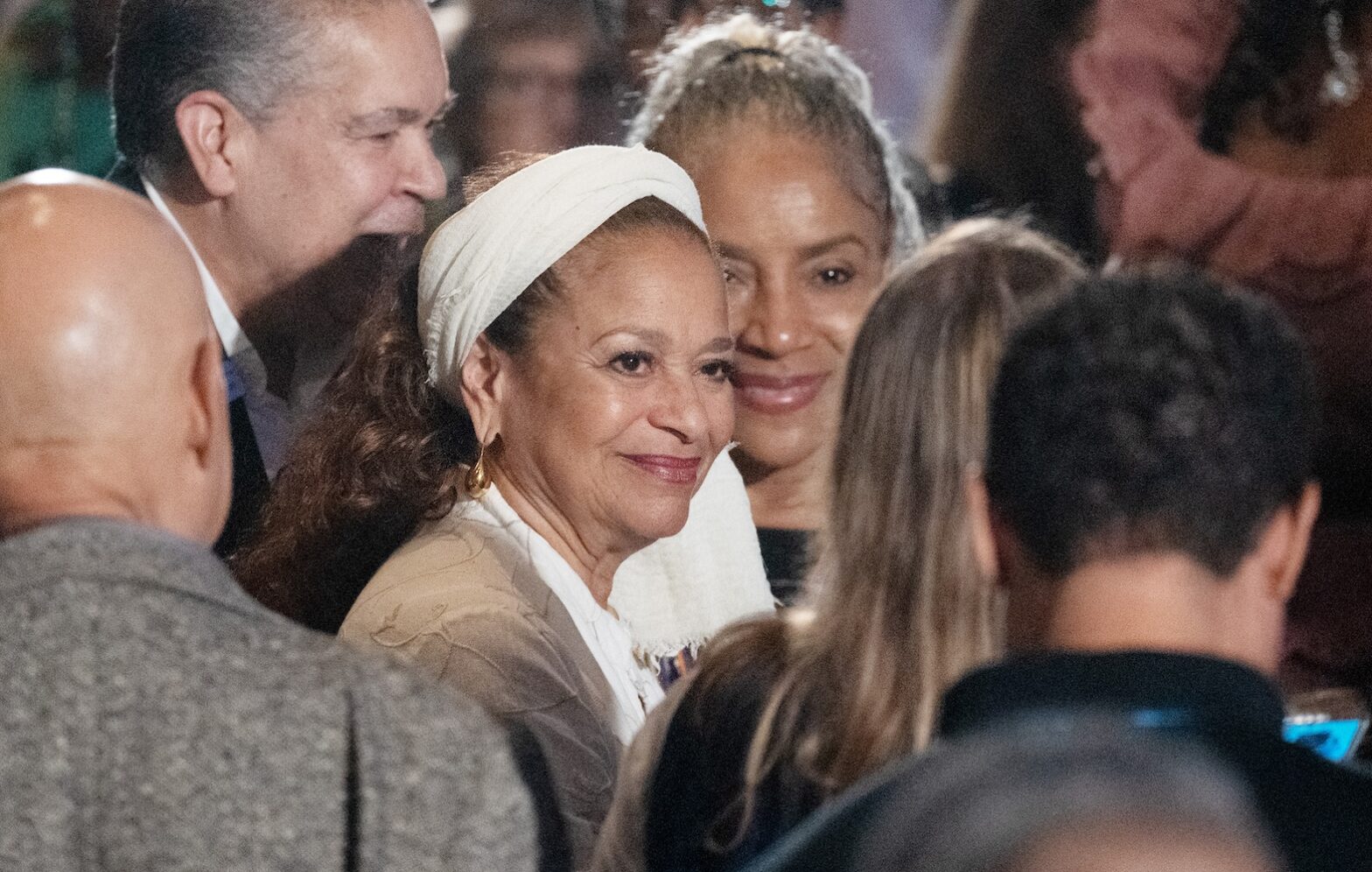There are a few things that can annoy you while you’re flying. Someone sitting in your seat is one, another thing is possibly being skipped when the free peanuts are going around. But the number one annoyance is having to listen to a crying baby on your flight, especially when they’re right next to you.
Passengers might want to grab some silencing headphones because the National Transportation Safety Board wants to implement a new regulation where infants, ages two and under, will have to get their own seat. Yes, we know in the past babies had to sit on mommy or daddy’s lap but is that really safe? The NTSB says that infants are prone to serious injury and death if turbulence hits and they aren’t secure. The NTSB has been trying to force the Federal Aviation Administration to do something about this issue for years, attempting back in 2017, 2016, and 2014.
RELATED: Frontier Airlines Unveils ‘Kids Fly Free’ Program – But There’s A Catch
“With turbulence, the automatic reaction of the parent, of anyone, is to brace. And that means the infant is temporarily let go,” NTSB board member Earl Weener said. “In fact, most injuries in the aviation space are turbulence-related, whether you’re 52 or 2 years old—and the NTSB is currently in the midst of studying turbulence injuries, though a release date of the study has not been announced.” There is a way for the FAA to enforce this. NTSB suggests the use of FAA-approved car seats to be secured in its own seat next to a parent, or a safety restraint system similar to the Cares Child Airplane Travel Harness, which is the only FAA-approved child safety device for kids under two-years-old. “We are careful to strap our children into car seats when we drive to the airport; we should be as diligent in securing them in their own seat aboard the aircraft,” the safety board mentioned in its 2014 “most wanted list.”
While the idea is smart, it might not happen since the NTSB isn’t in charge of the FAA. One investigates every aviation accident as well as railways, highways, and ocean while the other creates and enforces safety regulations and manages air traffic. Another reason is the cost factor. The FAA “strongly urges” parents to secure kids with a car seat or seatbelt in their own seat.





